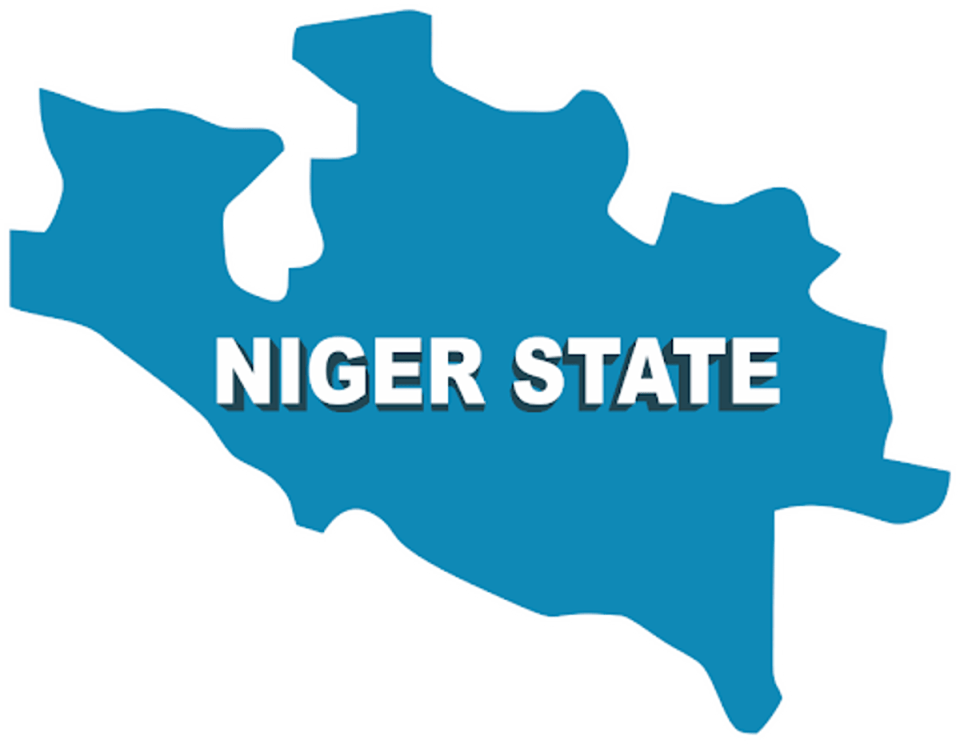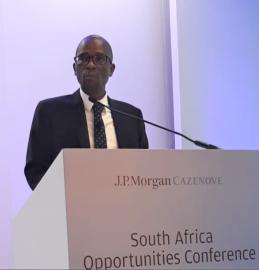OP ED: How fintech is shaping SA's digital payment infrastructure
OP ED: How fintech is shaping SA’s digital payment infrastructure
OP ED: How fintech is shaping SA’s digital payment infrastructure

When we think of financial access, we often think of the ‘front door’ – the point-of-sale, the payment link, the app. But beyond that door is a complex ecosystem that powers every transaction, every transfer, every financial decision. In the past, fintech was a conduit, the pretty wrapper around payments. Today, the industry has become increasingly intertwined with the back-end operations that enable commerce, inclusion, and growth. Instead of just facilitating payments, fintech is becoming the infrastructure.
South Africa presents a fascinating paradox: We are a country with sophisticated financial markets and advanced technology adoption, yet we face significant infrastructure gaps. Our banking penetration sits at around 80%, but credit card ownership has been measured between 8 and 19%, according to the South African Reserve Bank’s 2023 Payments Study report. We have over 40-million smartphone users, while millions still lack reliable internet access.
Essentially, there is still a lot to be done in terms of building the right infrastructure to enable access. It’s a challenge, but it puts us in a good place – because unlike markets that need to dismantle legacy systems before they can build faster and more agile solutions, we can build optimised digital infrastructure from the ground up. The question is, how do we ensure that it serves all South Africans, bridges existing gaps, and positions our country as a leader in the global digital economy?
Traditional banking built the first generation of financial and payment tracks – branch networks, ATMs, and basic electronic payments. However, these tracks didn’t reach everyone, and they weren’t designed for the digital age. Today, fintechs are extending these rails to previously excluded populations while designing them to carry innovative financial services.
According to the World Bank’s 2023 Global Findex Database, Sub-Saharan Africa has seen the fastest growth in mobile money accounts worldwide. This growth wasn’t driven by traditional banks but by boundary-pushing fintechs recognising Africa’s unique needs. It’s a lesson in meeting African consumers where they were, not where financial theory said they should be.
In line with this, a significant shift is occurring as fintechs integrate directly into core financial systems. At the end of last year, Payfast by Network took a big step forward, becoming a licensed Designated Clearing System Participant (DCSP), meaning that we can now facilitate payment transactions directly into the national payments system as an acquirer. This regulatory milestone signals that fintechs aren’t just operating within existing architecture – they’re helping build and expand it.
However, building infrastructure isn’t enough. The real magic happens when that infrastructure enables new possibilities for businesses and consumers. For example, the use of real-time transaction data to offer financing to qualifying merchants, without a lengthy application process. This approach is transformative for businesses traditionally excluded from formal funding markets, where more than a third of SME funding applications are rejected or ignored due to weak credit histories.
The opportunity ahead lies in creating a fintech ecosystem that addresses our country’s unique challenges and leverages its strengths. Financial inclusion isn’t just about access to basic services; it’s about enabling full participation in the digital economy. By building this ecosystem – investing in local talent, partnering with local businesses, and collaborating with regulators – South Africa can create jobs, attract investment, and become a leader in financial innovation. According to the World Bank, increasing financial inclusion by just 10% can boost GDP growth by up to 0.6%.
Fintech’s role has evolved far beyond simply providing access. We are now building the very infrastructure upon which South Africa’s digital economy will stand. This infrastructure isn’t made of concrete and steel, it’s made of code, data, and trust. It’s not visible in the same way that roads and bridges are visible, but its impact is just as profound. It’s the invisible backbone that enables businesses to transact, entrepreneurs to innovate, and economies to grow.
Payfast by Network
The post OP ED: How fintech is shaping SA’s digital payment infrastructure appeared first on Ventureburn.








